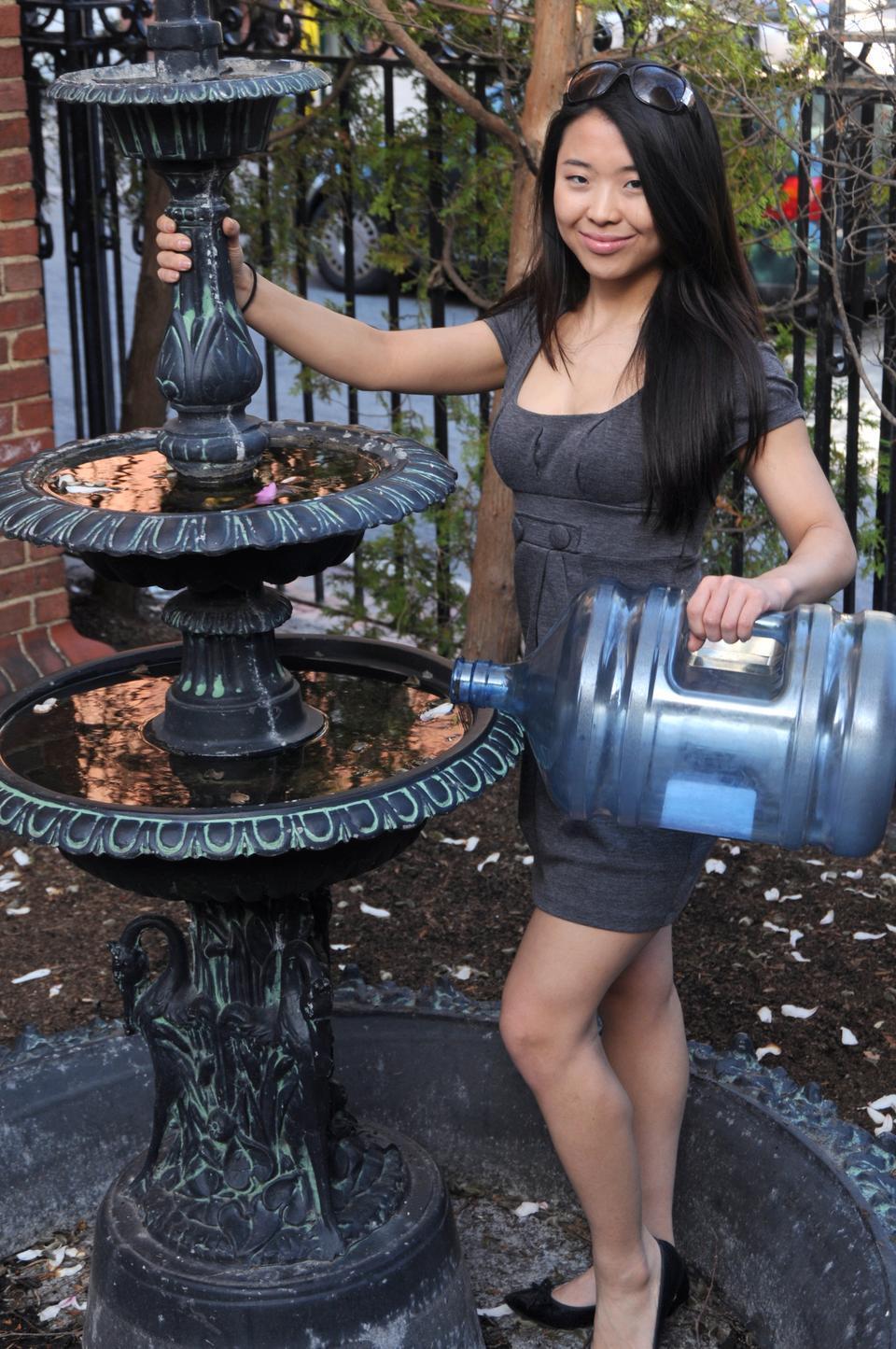
Kung Pao for Dummies
I’ll be honest: I’m a fearsome eater. One of my proudest moments was vanquishing an entire table of drunken Australian businessmen at an all-you-can-eat Japanese grill in Shanghai; while they ignored bowls of fried rice and poked at lackluster ice cream, I wolfed it all down.
But I’ve found that describing myself as a food writer has led to awkward lines of inquiry. I’m scared of a certain question. And it always comes, revealing me as a rank impostor. After finding out that I write about food, someone always asks, “Oh, so do you cook?”
I’ve come up with a few ways to answer this.
One method is the soft sell. “No. Nothing,” I’d say. “I’m not sure if I can boil water.”
Another reply is to hedge. I say, “Uh, sorta,” adding with apologetic smile pasted on my face, “I’m learning.”
This tended to bring less vitriol, more pity.
But all this underselling and hedging wears on the soul. And besides, I genuinely wanted to learn how to cook and to quit cowering behind a pot of cold water.
For my first real attempt, I wanted to go big or go home. I put together four dishes for dinner: split pea soup, lemon risotto, shrimp salad, and macerated strawberries. The first hurdle was grocery shopping in the pouring rain. The other was getting all the dishes to the table in the right order. I blogged my efforts, feeling extra guilty when I did some post-production to the food photos.
Though the soup was more like a thick pudding, the meal was otherwise reasonably successful. Encouraged and aided by YouTube, where I could look up elementary things such as, “How to Chop Onions” or “How to Grate Ginger,” I decided to tackle dishes that really spoke to me.
Chinese dishes. Yes, I felt like a cliché.
I had a link to food writer Fuchsia Dunlop’s gong bao (kung pao, in menu parlance) chicken recipe. The ingredients looked simple enough: soy sauce, sesame oil, cornstarch, rice wine. I went grocery shopping again (this time it wasn’t raining quite so hard), only to realize that the grocery stores within walking distance didn’t carry Sichuan peppercorns or dried red chilis. I would have to make do with dried chili flakes. I teared up inside, knowing I was committing a sin, but persisted—my dining partner couldn’t eat very spicy food, anyway.
I painstakingly deboned the chicken with a small knife, then tried to cube the meat—a slippery, tedious task. I washed and chopped the anemic bunch of scallions into short chunks before I realized I didn’t have a wok. I only had one kind of soy sauce for a recipe that called for both light and dark. And instead of black vinegar, I had rice vinegar. Dinner looked bleak.
I’d already started chopping, and I was too exhausted to spend another hour grocery shopping, so I persisted once again. By then, I imagined that instead of kung pao chicken, I’d produce only a saucepan with the ingredients rearranging themselves to spell “failure.”
Finally, after half an hour of prep work, the ingredients were assembled for stir fry. I heated up the frying pan, then neatly splattered my hands with some hot oil when I tossed in the cubed chicken, then the scallions and ginger. Still dubious, I put in the sauce—which had only one kind of soy sauce and the wrong kind of vinegar—into the sizzling mix.
The recipe said to stir until the sauce became “thick and lustrous.” I peered anxiously at the pan, wondering what that was supposed to mean. “I think it looks thick and lustrous,” my dining partner said, bemused and attempting to speed up dinner’s ETA.
“Give it another stir,” I said, still not convinced. I was still waiting for the entire meal to explode in indignation over the wrong spice and sauce formulation.
Here I was, an utterly Western girl of Chinese descent cooking a recipe written by a Western woman well-versed in Chinese cookery. I didn’t bother over-thinking these layers, but the flavors of the dish I produced were worth mulling over: spicy, sweet, sour, better than any humdrum takeout joint’s rendition of the Sichuanese classic, even minus the numbing tingle of the peppercorns.
It wasn’t quite on note—I had the vinegar swap to blame for that—but it turned out that this Chinese recipe’s ingredients, unlike those for French pastries, were forgiving. Despite my bumbling in the kitchen, the wasted supplies, all those times I’d nearly nicked a finger or incorrectly loaded the dishwasher, I’d still created a dinner that was not only edible, but really, really tasty.
I was ecstatic.
Emboldened, I’ve since then done a spot of baking (peanut butter cookies, biscotti) as well as tackled Mongolian beef, fried rice, and split pea soup two more times. The last time, I burnt the soup and had to throw the whole batch out. You win some, you lose some.
And along the way, I’ve had nervous breakdowns in the meat aisle (Where’s the flank steak? What’s an appropriate substitute for flank steak? Wait, what is flank steak anyway?) and incorrectly chopped leeks. I’ve botched meals, oversalted food, and done cruel things to ham.
But I’m proud to say—after cooking a pot of rice—that yes, I can definitely boil water.


